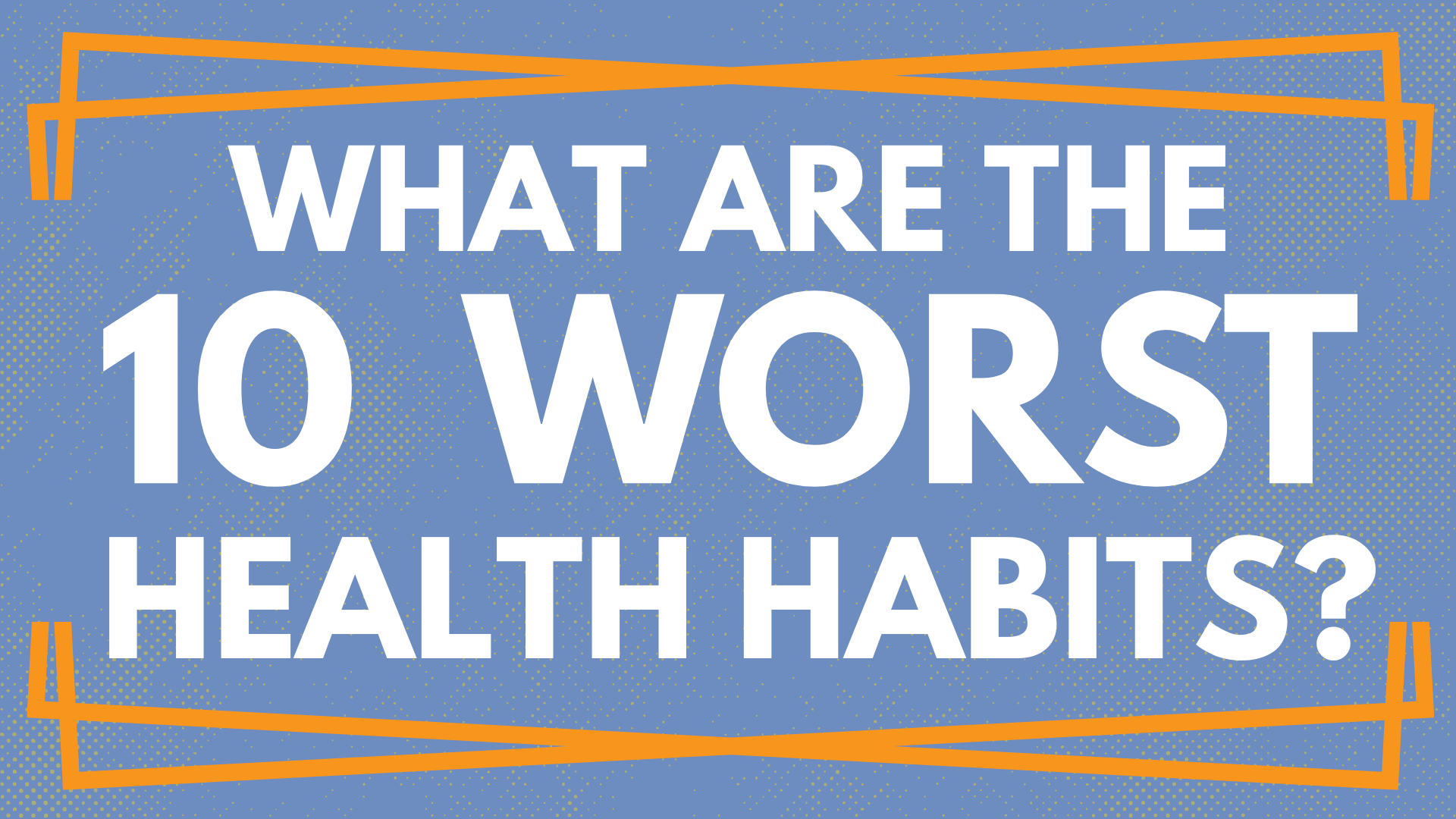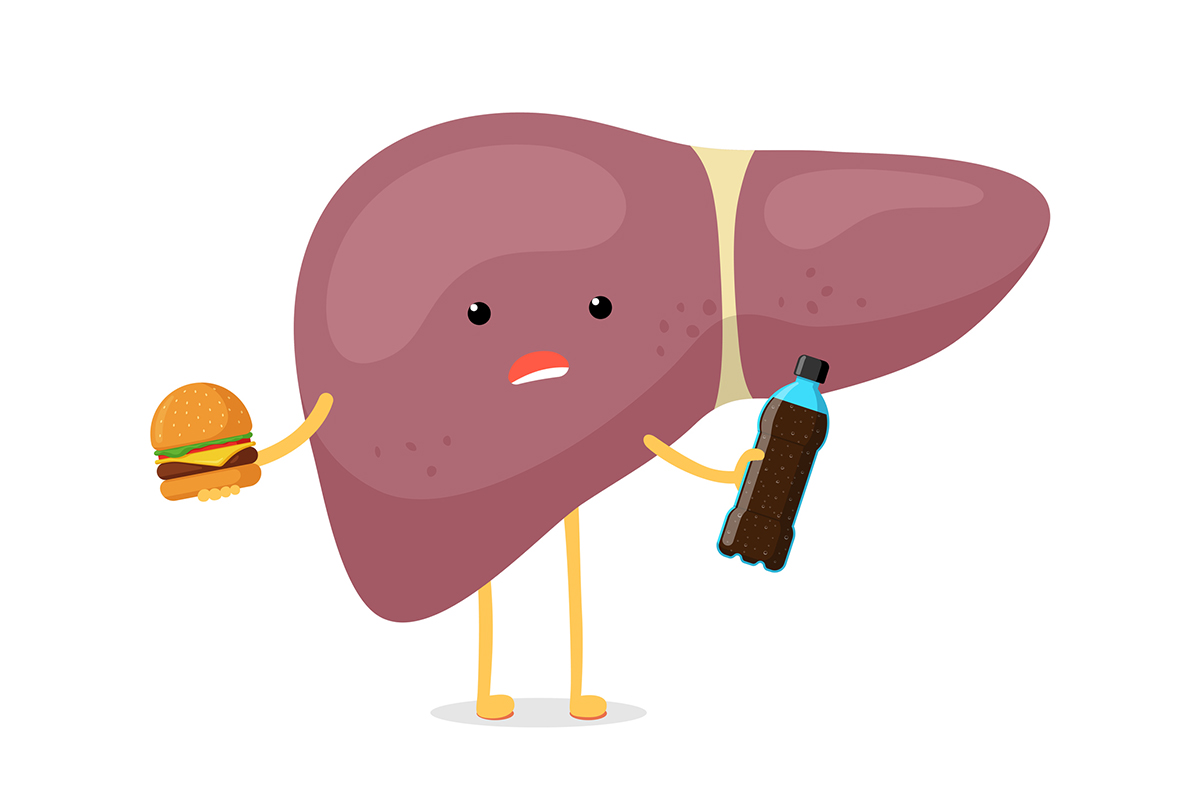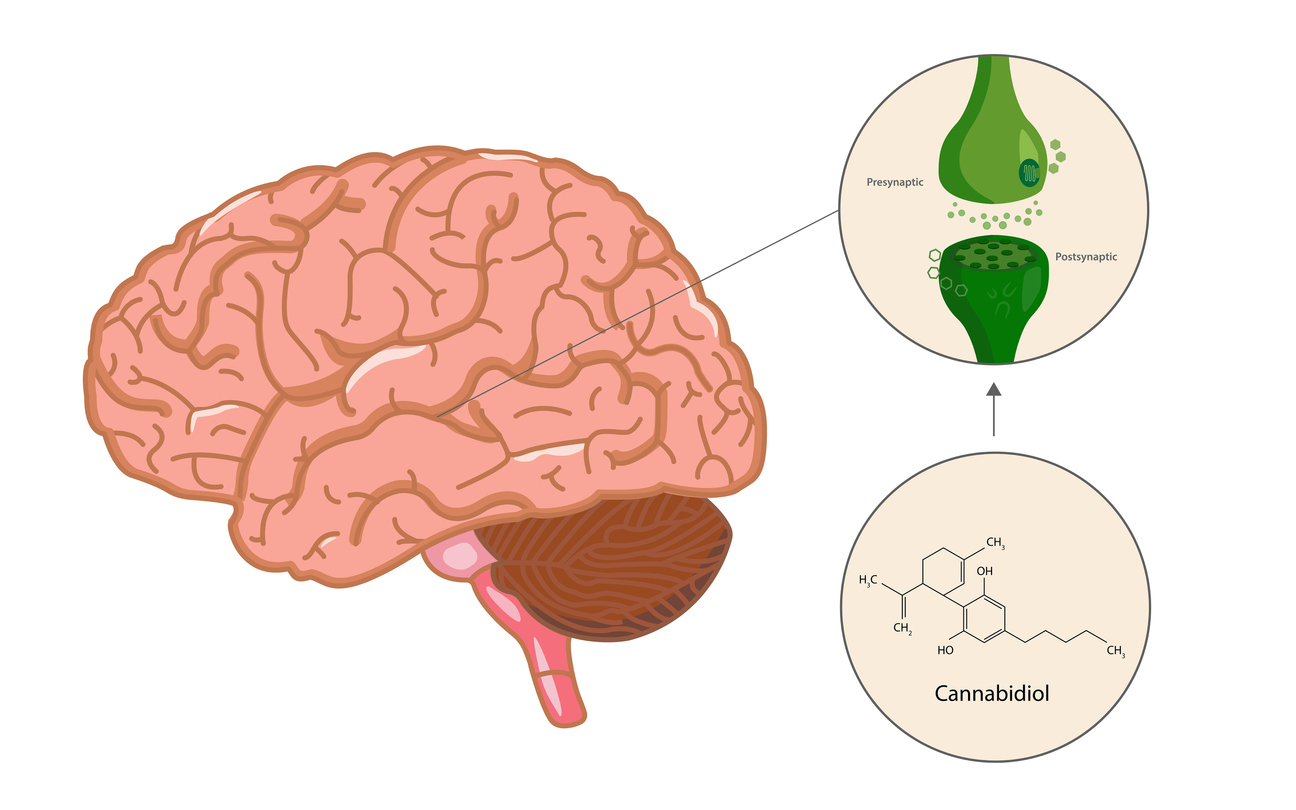Hepatitis is defined as liver inflammation resulting from alcohol use, toxic materials or viral infection transmitted through food, liquids, bodily fluids and feces, or blood transfusions. In addition, there is autoimmune hepatitis and non-alcoholic steatohepatitis (NASH).
Viral hepatitis causes fever, nausea, liver enlargement and tenderness, jaundice, pale stools and loss of appetite. Fifty percent of cases are due to hepatitis A, whereas hepatitis B is considered a sexually transmitted disease (contact with contaminated body fluids). It is important to note that hepatitis B can be transmitted in health care facilities where exposure to sharp instruments with contaminated blood is a possibility. That is why many health care workers, particularly in hospitals, are encouraged to receive hepatitis B vaccinations prior to employment.
Hepatitis C is a leading cause of liver cirrhosis in the United States. As a matter of fact, chronic hepatitis C is a risk factor for chronic liver disease, cirrhosis and liver cancer.
The clinical manifestations of the various hepatitis viruses are similar. Acute viral hepatitis causes abnormal liver function tests. Serum aminotransferase values, aspartate transaminase (AST) and alanine transaminase (ALT) are elevated. However, the elevation of these markers may not be consistent with the extent of cellular damage. The course of hepatitis usually consists of three phases: the prodromal, icteric and recovery phases.
Prodromal phase
The prodromal phase begins approximately two weeks after exposure and ends with the presentation of jaundice. Fatigue, malaise, nausea, vomiting, cough, headache and low-grade fever are symptoms that precede the onset of jaundice. Food odors may cause nausea, and concurrent taste changes suppress the desire to smoke cigarettes and drink alcohol. Upper abdominal pain on the right side is common as is a weight loss of five to 10 pounds. During this phase, the infection is highly transmissible.
Icteric phase
Icterus is the medical term for jaundice, or yellowing of the skin. This is different from carotenemia in that the skin is patently yellow, not orange. A hallmark of jaundice caused by hepatitis is that the whites of the eyes turn yellow. This phase begins one to two weeks after the prodromal phase and can last two to six weeks. Liver cell destruction and bile stasis cause jaundice. Urine is dark (tea-colored) and stools clay-colored before the onset of jaundice. The icteric phase is the actual phase of illness. The liver is smooth, enlarged and tender, and the accompanying fatigue and abdominal pain may persist or become more severe. Jaundice may last two to six weeks or longer and is usually accompanied by mild itching.
Recovery phase
The recovery phase begins with resolution of jaundice that occurs about six to eight weeks after exposure. Symptoms typically diminish even though the liver still may be tender and enlarged. In most cases, liver function tests return to normal.
With chronic active hepatitis, inflamed liver cells continue for years. It is usually an autoimmune response after type B or C hepatitis. Of persons with type B, 20 percent develop some form of chronic liver disease. Fifty to 70 percent with type C develop chronic disease if left unchecked. This is because the majority of patients do not develop an effective antiviral immune response that leads to viral clearance and long-lasting antiviral immunity. This often leads to cirrhosis and liver failure in around 20 percent of cases. Transplant is the last resort, however, it is not a cure because the type C virus continues to live in the body and will likely attack the new liver.
If we are fortunate enough to catch a case of hepatitis early in the acute phase (icterus), intravenous vitamin C works exceedingly well to hasten recovery, cutting sick time in hepatitis A to two weeks and in type B to less than a month.
Nutritional and phytopharmaceutical therapy for hepatitis
From the standpoint of a therapeutic diet to maximize liver wellness, it is important to use all organic foods and free-range organic meats. Implementation of a nutrient-dense low carbohydrate diet is imperative to avoid fatty liver. It is critical to avoid alcohol, acetaminophen (Tylenol), soft drinks, hydrogenated oils, sunflower, safflower and corn oils, processed meats and processed foods high in salt. Include water-soluble fiber such as found in apples, pears and beans.
Scientific research suggests that oxidative stress plays a role in the pathogenesis of hepatitis C-associated (HCV) chronic liver disease. Recent studies support the view that the host response and oxidative stress are critical determinants of the pathologic consequences of HCV infection. It must be understood that it is the immune response that is responsible for both viral clearance and the severity of hepatitis. Hence, the current understanding of liver pathology in individuals who are chronically infected with HCV is that the ongoing damage and poor health outcome is due to the individual’s immune response.
Fortunately, medicine is examining the role of antioxidants in outcomes of chronic HCV infection. In a recent study, 50 chronic HCV patients were treated orally for 20 weeks with glycyrrhizin, Schisandra, silymarin (milk thistle), ascorbic acid (vitamin C), lipoic acid, l-glutathione and alpha-tocopherol (vitamin E) along with intravenous preparations given twice weekly of glycyrrhizin, vitamin C, l-glutathione and B-complex. Patients were monitored for HCV viral load, liver enzymes (AST and ALT) and liver histology (whether the liver was fatty, fibrotic or healthy). The study concluded that the combination of antioxidants—oral and intravenous—induced a favorable response in 48 percent of patients without any adverse reactions. Normalization of liver enzymes, a decrease in viral load and histologic improvements were noted including improvements in overall quality of life.
Previous to this study, several clinical trials evaluated the effect of certain antioxidants and glycyrrhizin in various combinations in the treatment of chronic HCV. These preparations are since known to have anti-inflammatory, anti-fibrotic and anti-TNF-alpha effects. As a result, some antioxidants also were suggested to be effective in patients who did not respond to treatment with interferon. In fact, in several studies, improved liver function tests, improved liver histology and decreased viral load were reported. Moreover, no major side effects were noted.
Several studies show how glycyrrhizin, an anti-viral and anti-inflammatory derived from licorice, decreases elevated liver enzymes and improves histology of the liver. Schisandra, a potent immune modulator, lowers ALT levels. Administration of glutathione quenches free radicals and n-acetyl-cysteine given orally builds glutathione levels. Milk thistle has been reported to protect liver cells from a wide variety of toxins including viral hepatitis but must be used with caution when taking medication.Vitamin E-treated patients were shown to have a reduction in viral load whereas patients not treated with vitamin E did not.
At the Hoffman Center, olive leaf, Oregacillin, ImmPower, NT Factor, selenium, Bio Rizin and quercetin are some of the arsenal of immune-boosting anti-virals. Probiotics such as Culturelle, Dr. Ohhira’s Probiotics Original Formula or Vital-10 are beneficial because 60 percent of the immune system is in the gut throughout the Peyer’s Patches of the lymphatic system. Probiotics reduce bacterial endotoxins that further challenge the liver. Taurine, Phosphatidylcholine, Dimethylglycine, SAM-e, curcumin, EGCG, Eurocel, L-cysteine, alpha lipoic acid and milk thistle provide support for inflammation, detoxification and liver protection.
Tomato juice and freshly prepared beet juice also are recommended for liver support. However, intake of these should be monitored based on the individual’s triglyceride levels. Green drinks such as Deeper Greens also are helpful. It is important to avoid high doses of vitamin A or beta carotene in any liver disease. Niacin above 100 mg may raise liver enzymes as may niacinamide above 500 mg. Avoid supplementary iron, even if you are anemic.
The promising combination of oral and intravenous antioxidant therapy for chronic hepatitis is exciting news indeed. At the Hoffman Center, our intravenous “Hepatic Protocol” includes such important micronutrients as glycyrrhizic acid, vitamin C and selenium followed by a glutathione “dessert,” sometimes alternated with IV alpha lipoic acid or phosphatidylcholine.
All of these studies underscore that antioxidant therapy has a beneficial effect on individuals with chronic HCV infection.
REFERENCES:
Escott Stump S. Nutrition and Diagnosis-Related Care, 5th edition. Baltimore, MD: Lippincott Williams & Wilkins; 2002.
McCance KL, Huether SE. Pathophysiology, 4th edition. St. Louis, Missouri: Mosby, Inc.; 2002.
Melhem A, Stern M, Shibolet O, et al. Treatment of Chronic Hepatitis C Virus Infection via Antioxidants. J Clin Gastroenterol. 2005;39:737-42.
Ferrari C, Urbani S, Penna A, et al. Immunopathogenesis of hepatitis C virus infection. J Hepatol. 1999;31:31-38.
Berkson BM. A conservative triple antioxidant approach to the treatment of hepatitis C. Combination of alpha lipoic acid (thioctic acid), silymarin, and selenium: three case histories. Med Klin. 1999;94:84-89.
Patrick L. Hepatitis C: epidemiology and review of complementary/alternative medicine treatments. Altern Med Rev. 1999;4:220-238.
Luper S. A review of plants used in the treatment of liver disease; part 1. Altern Med Rev. 1998;6:410-21.
Schalm SW, Brouwer JT, Bekkering FC, et al. New treatment strategies in non-responder patients with chronic hepatitis. J Hepatol. 1999;31:184-88.
Leyla Muedin is a clinical nutritionist and lecturer at the Hoffman Center and is available for speaking engagements for private and public sector wellness programs. Please call (212) 779-1744 for more information.






